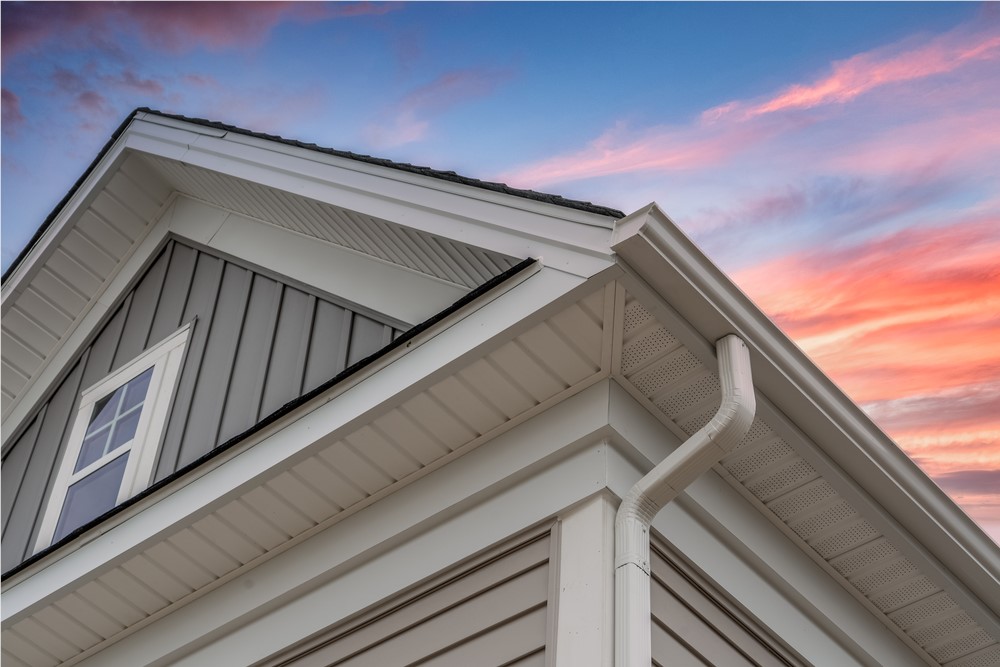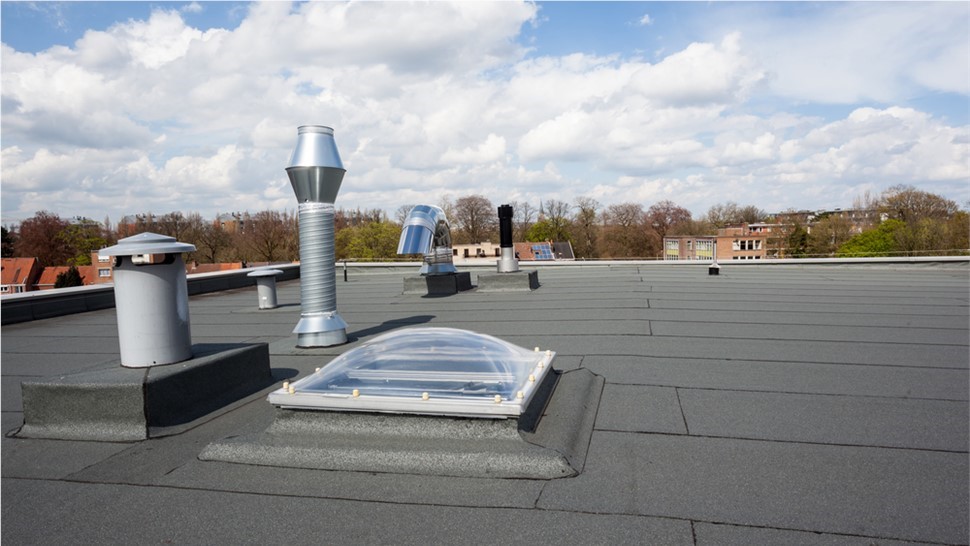Is it Safe to Sleep in a Room with a Leaking Roof?
Nobody wants to come home to a new brown spot on their ceiling, or worse, a constant dripping hole from water outside. Water damage is nothing to take lightly, all homeowners need to understand that this is not an issue that should be put off. If a roof is damaged to the point of causing an interior leak, it’s repair should be at the top of your to-do list.Even if you haven’t spotted a leak, it is essential to regularly inspect your home inside and out for signs of water damage or the need for roof repairs. Interior signs could include light or dark-colored water spots on the ceiling, a sagging ceiling or attic floor, or growing mold. Signs of this problem on the exterior of the house are even more numerous, from deformed shingles to backed-up gutters.
Most people believe that a roof leak is only a structural issue, but the risks go beyond damaged shingles. It poses a safety hazard to many other parts of the home and even to the health of those living within.
If a leak has sprung in an area where you spend hours at a time, Like a bedroom, the safest practice is to temporarily move to another room until the proper repairs have been made. A fresh leak is not as dangerous in this situation as one that has been left alone for an extended period of time, but the risks are present either way.
Structural Risks of a Leaking Roof
If water is seeping through your roof, it can easily find a way to cause long-term damage due to dry rot. This phenomenon occurs when a wooden piece repeatedly soaks up water from a leak. Dry rot can weaken essential structural elements of a house and, in extreme cases, could eventually lead to a collapse. If the room you are sleeping in has advanced dry rot due to a neglected leak, your plaster or drywall ceiling is likely very weak and could fall in on you. Large pieces could cause injury, while small pieces could be ingested, inhaled, or get in your eyes.Health Risks of a Leaking Roof
Sleeping in a room with a small, dark spot on the ceiling from repeating water damage may not seem so threatening. In most cases, this mark shows itself only after causing a more considerable yet unseen amount of damage above. The collection of water from a leaking roof provides the perfect breeding ground for mold, mildew, and algae, depending on the climate in which you live. While it usually is not difficult to get rid of mold, it can easily go unseen for long periods of time if the leak is not dealt with quickly. Mold can cause health conditions in pets and is potentially dangerous for those with allergies or asthma.To avoid these problems, check your attic periodically if you suspect a leak. Call a professional to evaluate the leaking roof situation. If the air inside is humid or the floor is wet and/or sagging, mold could be growing right above you.
Tags
Subscribe to Amos Exteriors's Blog








Comments